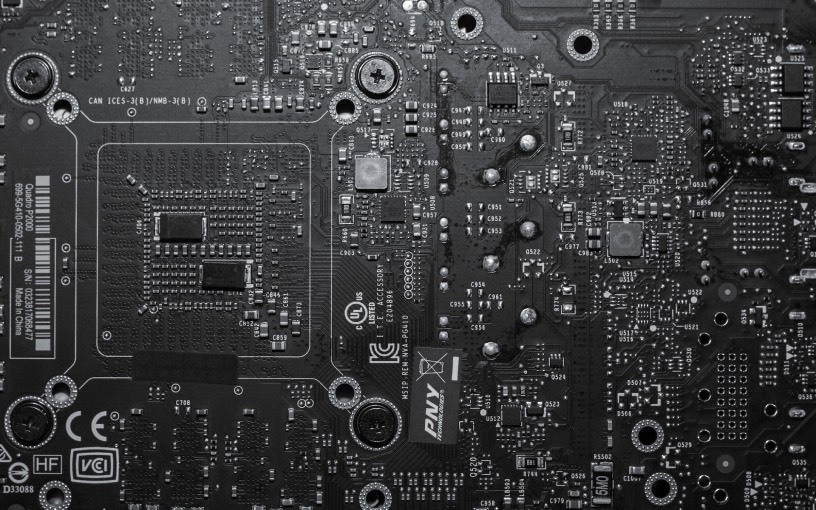
Efficiency in Printed Circuit Board (PCB) assembly workflows is crucial for meeting production demands, reducing time-to-market, and managing costs. Streamlining processes and implementing efficient workflows are key to achieving both time and cost efficiency in PCB assembly.
1. Design for Manufacturing (DFM) Principles
- Early Collaboration Between Design and Assembly Teams
Initiate collaboration between design and assembly teams in the early stages. This ensures designs are optimized for manufacturability, reducing the likelihood of errors or costly modifications during assembly.
- DFM Analysis Tools
Utilize DFM analysis tools to identify potential manufacturing issues in PCB designs. These tools highlight areas for improvement, allowing design iterations that enhance manufacturability and reduce assembly complexities.
2. Component Selection and Management
- Standardization of Components
Standardize components wherever feasible. Reduced component variety minimizes inventory management complexities, speeds up procurement, and simplifies assembly processes.
- Supplier Relationships and Sourcing
Maintain strong relationships with reliable component suppliers. Negotiate favorable terms, secure timely deliveries, and ensure access to high-quality components, avoiding delays and cost fluctuations.
3. Optimized Assembly Processes
- Automated Assembly Equipment
Invest in automated assembly equipment to increase throughput and minimize manual labor. Pick-and-place machines, solder paste printers, and reflow ovens improve efficiency and ensure consistent quality.
- Workflow Optimization
Analyze assembly workflows for bottlenecks and inefficiencies. Implement Lean manufacturing principles, such as Value Stream Mapping, to identify and eliminate non-value-added steps, optimizing the workflow.
4. Quality Control and Testing
- In-line Quality Checks
Incorporate in-line quality checks during assembly to detect and rectify issues promptly. Automated Optical Inspection (AOI) and in-circuit testing ensure early detection of defects, reducing rework and ensuring higher-quality assemblies.
- Comprehensive Testing Protocols
Develop comprehensive testing protocols to validate functionality and reliability. Functional testing, environmental testing, and reliability testing ensure that assembled PCBs meet quality standards and customer requirements.
5. Continuous Improvement and Feedback Loop
- Data-Driven Decision Making
Leverage data analytics to drive process improvements. Analyze production data, identify patterns, and use insights to make informed decisions for enhancing efficiency and reducing costs.
- Employee Training and Engagement
Empower employees with training programs and encourage continuous improvement suggestions. Engaged and knowledgeable teams contribute innovative ideas for workflow enhancements.
6. Sustainability and Waste Reduction
- Efficient Material Usage
Minimize material wastage by optimizing panelization and efficient use of solder paste. Implement eco-friendly practices to reduce environmental impact and associated costs.
- Recycling and Responsible Disposal
Establish processes for recycling materials and responsibly disposing of electronic waste. Compliance with environmental regulations is not only ethical but also reduces potential fines and liabilities.
Conclusion
Optimizing PCB assembly workflows for time and cost efficiency requires a holistic approach that spans design, procurement, assembly, testing, and continuous improvement. By embracing efficient practices, leveraging technology, and fostering a culture of improvement, manufacturers can streamline workflows, reduce costs, and deliver high-quality PCB assemblies in a timely manner.